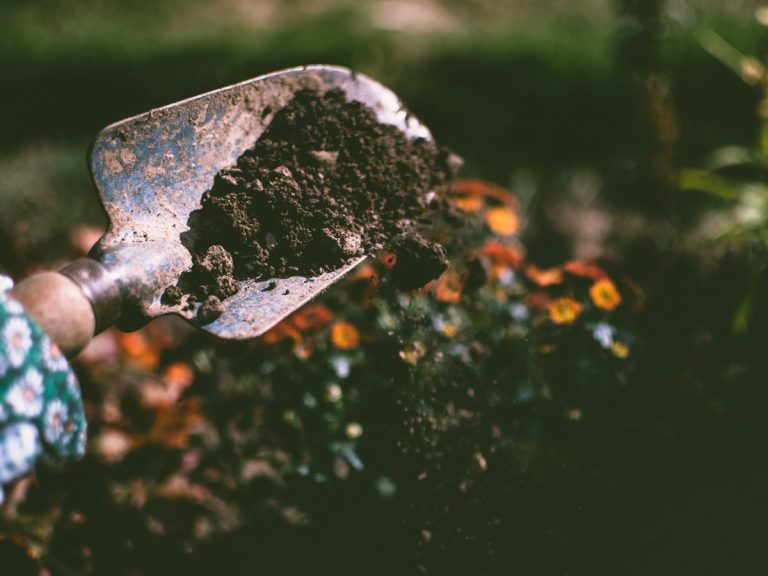How Long Should Lawn Sprinklers Run?
If you’ve ever wondered how much water your lawn really needs—or found yourself staring at the sprinkler timer like it’s a math problem you need to solve—you’re not alone.

As Amazon Associates we earn from qualifying purchases. This post contains affiliate links which means we make a small commission at no extra cost to you. See our full disclosure policy.
Figuring out how long to run your lawn sprinklers isn’t just about setting a timer and calling it good. It’s about knowing your soil type, your grass species, your sprinkler heads, and even your weather conditions. The good news? Once you know a few key things, keeping a healthy lawn will be a breeze!
Key Takeaways
- Running sprinklers between 15 and 30 minutes per session is typically ideal, depending on soil and grass type.
- Early morning watering reduces evaporation and ensures optimal absorption.
- Overwatering can cause root rot and encourage fungal diseases in lawns.
- Soil composition greatly influences how long irrigation should run.
- Seasonal and weather variations require adjustments to sprinkler duration for best results.
Know Your Grass and Soil
Different grass types have totally different needs. Cool-season grasses (like Kentucky bluegrass and fescue) usually need more frequent watering during the hot summer months, while warm-season grasses (like Bermuda or Zoysia) love the heat and do better with deeper, less frequent watering.
And soil type? Game changer. Sandy soil drains fast and needs more frequent, shorter watering sessions—think 10–15 minutes. Clay soils hold water longer, so you’ll want to water for a longer length of time, but less often—maybe 30 minutes per watering session. Loam is the Goldilocks of soils and absorbs at moderate water levels, making it easier to work with.

How Much Water Is Enough?
In general, lawns need about 1 to 1.5 inches of water per week—either from sprinklers run, rainfall, or a combo of both. That breaks down to about a half inch of water every third day. But don’t rely on guessing. Try this trick: set out a few tuna cans across your yard and time your sprinklers. When each has about a half-inch of water, you’ve hit your optimal run time.
When Is The Best Time of Day to Water?
Hands down, the best time of day to water is in the early morning hours—ideally between 4 a.m. and 9 a.m. Why? Less evaporation, calmer winds, and your lawn has all day to dry out, which helps prevent fungal issues. Watering in the early evening can work too if mornings are impossible, but avoid late night watering. That can create a breeding ground for mold and diseases.
How Your Sprinkler System Affects Watering Times
Not all sprinklers are created equal. Spray heads deliver water quickly and are best for smaller areas. Rotor heads or rotor zones rotate and apply water more slowly—perfect for bigger spaces.
The type of sprinkler head you use determines how long each zone should run. With automatic sprinklers, aim to customize run times by zone of your sprinkler system based on foot traffic, sun exposure, and grass blades appearance.
Got a smart irrigation controller or weather-based irrigation controller? Total game changer. These use weather data and even moisture sensors to adjust start times and sprinkler zone run automatically, helping reduce water usage and save your lawn during dry periods.

Make Sure Not To Ignore Sprinkler System Maintenance
A well-maintained sprinkler system is essential to ensure even water distribution and correct spray patterns. Clogged nozzles, broken heads, and misaligned sprinklers can create dry spots or oversaturated areas, making any runtime setting ineffective. Regular inspection and timely repairs guarantee that watering duration adjustments are meaningful and consistent.
Tailoring Your Watering Routine for Best Results
Watering too often with short bursts can lead to shallow root systems, which makes grass less drought-tolerant. Instead, aim for fewer, deeper waterings that really soak the root zone. This builds resilience—especially important in extreme heat or on a hot day.
And don’t forget seasonal changes! During the growing season, your lawn needs more hydration. In the cooler months, you can cut back—maybe even skip a water day if there’s been a lot of rain.
Common Watering Mistakes to Avoid
- Overwatering can cause brown patches, root rot, and fungus. Plus, it wastes water and nutrients.
- Underwatering leads to brittle grass blades, a dull lawn, and stressed-out roots that invite weeds.
- Ignoring sprinkler maintenance—clogged or misaligned heads lead to uneven watering, no matter your sprinkler timer setting.

Tips for Smarter Watering
- Use a smart irrigation system to automatically adjust based on weather conditions.
- Break your yard into lawn zones to customize water amounts per area.
- Keep an eye on how your lawn responds—adjust your watering schedule or sprinkler run times as needed.
How Long Should Lawn Sprinklers Run Final Thoughts
There’s no one-size-fits-all when it comes to watering your lawn. But when you understand your lawn’s type of soil, sprinkler type, and seasonal needs, you can create a watering routine that keeps your grass green, your water bill low, and your conscience clean.
Whether you’re nurturing new sod, refreshing a new lawn, or just trying to bring some life back after a brutal summer, the best way to water is with intention.

